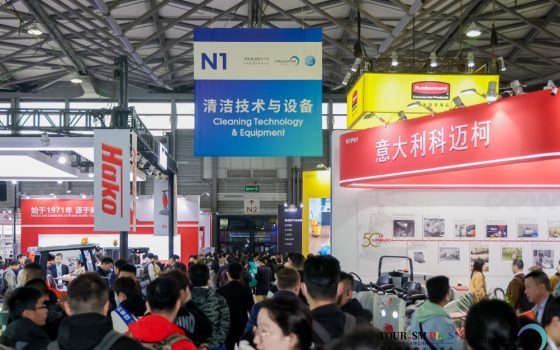Vendors roll out compliant Bluetooth Mesh enablers for solid-state lighting products
As we covered last week, the Bluetooth Special Interest Group (SIG) delivered the long-anticipated Bluetooth Mesh standard last week formalizing support for mesh-based networks, including lighting-centric applications that combine LEDs and connectivity. Now companies that deliver ICs and/or Bluetooth software stacks that can accelerate solid-state lighting (SSL) product development are offering Bluetooth Mesh-compliant building blocks — Qualcomm, Silvair, and Silicon Labs are among the first to announce such enabling technologies. Those products may be critical in the acceleration of SSL as a part of the Internet of Things (IoT) movement.
Interested in articles & announcements on Bluetooth Mesh and smart lighting?
Bluetooth Mesh has been long anticipated because the new mesh technology will still interoperate with the Bluetooth links in our smart devices allowing connections with LED-based lighting products without the need for a gateway such as would be required with ZigBee-based products and most other wireless schemes. Bluetooth has lacked the range to serve in even a robust residential SSL installation or even the simplest commercial implementation, but the mesh capability extends the range by passing messages from node to node.
Silvair Bluetooth Mesh offer
Silvair made a Bluetooth Mesh software-stack announcement virtually coincident with the SIG press release. The company was deeply involved in the development of the mesh standard and in fact contributed an article to LEDs Magazine covering its pre-standard mesh offering last year.
Silvair said its Bluetooth Mesh stack is fully compliant. The company is supplying its software stack for now with system-on-chip (SoC) ICs and/or modules with the Bluetooth radio IC supplied by Nordic Semiconductor. The company also offers a Lighting Evaluation Kit that allows SSL product developers to experiment with the Bluetooth capability and speed product design.
“We are serious about the lighting industry, as we believe connected lighting will pave the way for massive IoT adoption,” said Szymon Slupik, CTO of Silvair and chair of the Mesh Working Group at the Bluetooth SIG. “After more than two years of interoperability testing, and with contributions from the leading software, silicon, and lighting companies, we are certain that Bluetooth mesh networking will be wildly successful.”
Silicon Labs Bluetooth Mesh offer
Silicon Labs, meanwhile, will offer its own SoC products along with a compliant Bluetooth Mesh software stack. “We expect to see a wave of new devices hit the market quickly by leveraging ubiquitous Bluetooth connectivity to create hub-less mesh networks that extend the range and reliability of Bluetooth systems,” said Daniel Cooley, senior vice president and general manager of IoT products at Silicon Labs.
Developers will have the option of both SoC and module-level products from Silicon Labs. Modules can further accelerate developments by adding the needed external RF components to an SoC to form a complete Bluetooth Mesh system. The company said it can reduce development time for product developers by six months with the combined hardware/software offering.
Already one customer appears ready to move forward with developments. “Bluetooth is the next frontier in mesh networking, and Silicon Labs’ new Bluetooth mesh software and tools keep us at the forefront of this rapidly emerging ‘many-to-many’ network topology,” said Richard Baxter, president and CEO of Mesh Systems, an IoT software, services and solution provider. “From easy-to-use development kits to mobile applications that help us connect devices seamlessly, we rely on Silicon Labs’ deep expertise in mesh technology to give us the hardware and software resources we need to increase productivity and speed development time so our customers can better compete in today’s IoT race.” Of course, that quote demonstrates the depth of the development problem. Intermediary companies such as Mesh Systems may still be required to get Bluetooth Mesh-connected lighting to market quickly.
Qualcomm Bluetooth Mesh offer
Now we turn to Qualcomm, perhaps the most competent company globally in the wireless space — especially in cellular. But Qualcomm has acquired many companies that play in wireless areas outside of the cellular systems for which Qualcomm is most famous. One of those acquisitions was CSR, an early innovator in enabling technologies for Bluetooth-based products.
Qualcomm has played around the edges of the lighting business, partnering with some companies such as LIFX at the Consumer Electronics Show (CES) a few years back. Moreover, Qualcomm partnered with Acuity Brands on an indoor-location-services demonstration based on Bluetooth beacons integrated in SSL products and other places in a commercial space.
Qualcomm has said its CSRmesh technology is compliant with the new Bluetooth standard. The company has a number of SoC products that are compatible with its Bluetooth Mesh stack. Most include multiple radios including the QCA4020 that supports Bluetooth, Wi-Fi, and the IEEE 802.15.4 lower-layer protocol that underlies ZigBee and other low-power Internet Protocol (IP) technologies such as Thread. The QCA 4024 only supports Bluetooth and 802.15.4.
“We’ve been a champion of mesh for Bluetooth wireless technology for several years now and have worked closely with the Bluetooth SIG to help bring about the standardization of Bluetooth mesh,” said Joseph Bousaba, vice president, product management, Qualcomm Technologies, Inc. “Our years of proven experience and commercial success with CSRmesh offer our customers the opportunity to rapidly develop differentiating product features and performance enhancements, with efficient low power consumption. The arrival of the Bluetooth SIG’s mesh technology is a significant step towards industry standardization and adoption and will help bring interoperability to Bluetooth devices and new use cases like lighting, indoor positioning, and asset tracking for the Internet of Things.”
">Recommended Products
Abrasive Brushes Antique Brushes for Marble Diamond Abrasive Brush
Inquiry Anhui Huanmei Brush Co.,Ltd.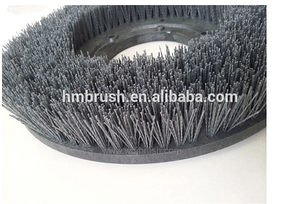

HT-30J HaoTian 30-liter Stainless Steel Silent Wet and Dry Vacuum Cleaner
Inquiry Guangzhou Haotian Cleaning Equipment Technology Co., Ltd.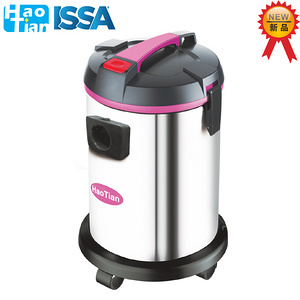
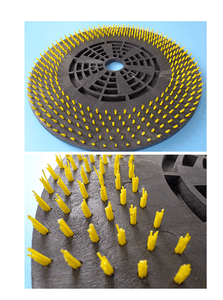
LC80-3 LICHI 80L Three-motor stainless steel wet and dry vacuum cleaner(tilt)
Inquiry Guangzhou Haotian Cleaning Equipment Technology Co., Ltd.
LC60-3 LICHI 60L Three-motor stainless steel wet and dry vacuum cleaner
Inquiry Guangzhou Haotian Cleaning Equipment Technology Co., Ltd.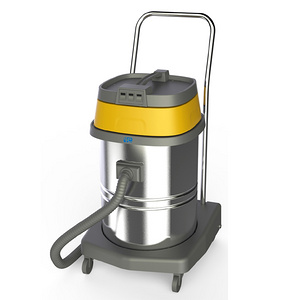
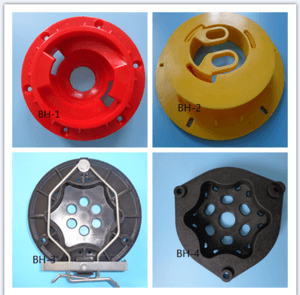
MC C660 battery powerd floor scrubber floor cleaning machine with dual brushes
Inquiry Suzhou Magnificent Cleaning Equipment Co.,Ltd.








